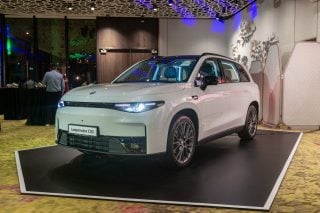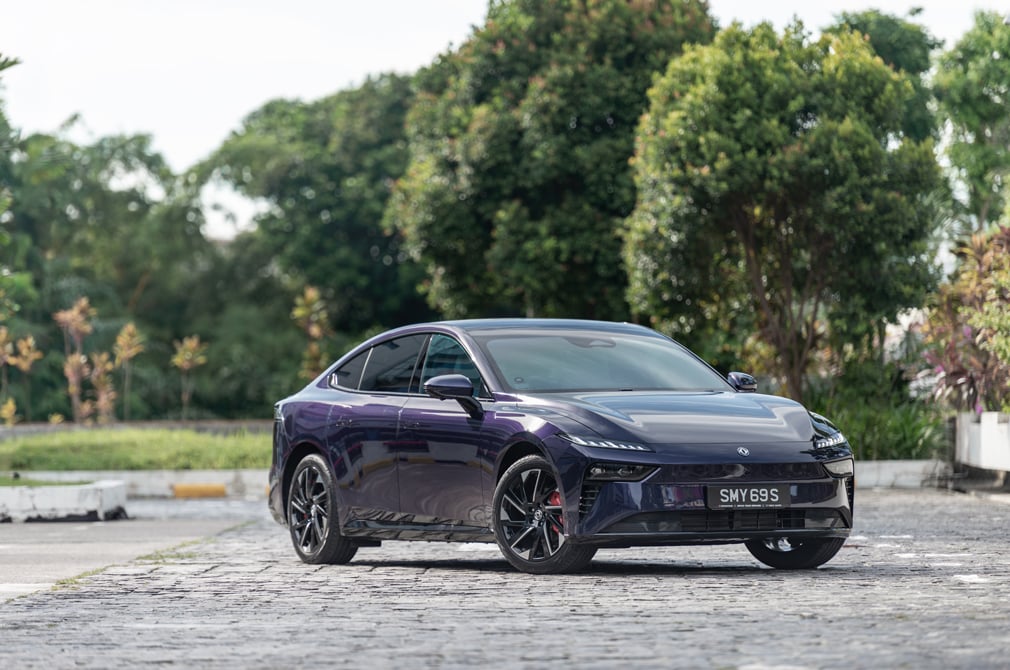Our mechanical engineer is here to help the average motorist in Singapore with his series of thematic Q&A articles.

THE third question-and-answer article in our Torque Shop series for 2017 is about headlight issues. We shall attempt to throw light on the genuine problems shared here, so if readers/drivers ever suffer similar “headlamp headaches”, they’ll be aware of the possible reasons and carry out the correct remedial actions. It won’t be a case of “the lights are on, but nobody’s home”.
After I replaced my car’s left-side headlamp unit, which was cracked, the light beam on the left seems to be shorter than it was before. Did I buy the wrong headlamp unit? Or has it got something to do with the new bulb?
Either “error” is unlikely. The fact that you notice a short light beam from the new unit suggests that the lamp has not been correctly adjusted.
All headlamps can be adjusted for reach and spsppreadadad al al also known as beam-length and beam- width respectively. Every car that leaves the factory has both lamps adjusted to the required specification.
Although adjustment is relatively simple (one screw for reach and one screw for spread), it is important to know the legal requirements of the beam stipulated, mainly to avoid dazzling other road users.
LEDs (light-emitting diodes) are becoming more common, and I am undecided on whether to opt for a car equipped with LED headlights.
I have seen cars with faulty diodes at the rear and pilot lights at the front which are not lit, giving the cars a “missing teeth” look.
Do these faulty LEDs need to be replaced in their entirety or can just the individual defective diodes be replaced? How costly would either solution be?
Although LED automotive lighting is relatively new, the technology has been around for more than four decades. These solid-state devices are the most efficient type of lighting today and are highly reliable.
LED lights used in cars are maintenance-free and do not have to be replaced during the reasonable lifetime of the car, unless they are damaged in an accident.
If you have seen LED failures, they are most likely of substandard-quality, third-party retro-fitted lights and not original factory-fitted ones.
LED lights are usually one sealed unit where component diodes cannot be replaced. Hence, in the unlikely event of a failed diode, you would have to replace the entire tail-lamp or headlamp unit. The outlay is costly – quite possibly in the thousands of dollars.

Much to my dismay, I noticed condensation inside the headlamp cover of my week-old car. Although I sent it back to the agent for rectification under warranty, I am still disappointed that it happened at all. Now I am concerned that the problem will recur and cost me money to rectify if it happens after the warranty period.
Condensation inside the headlamp cover occurs when some water has seeped into the headlamp unit, either during power-jet washing or because of a compromised sealant.
In the first instance, the condensation will eventually disappear because the headlamp units are designed with a vent tube that allows moisture to evaporate. Every time the headlamps are turned on, enough heat is generated in the unit to evaporate the moisture through the vent tubes.
The condensation within the headlamp cover of your new car is not something unusual, as it could happen as a result of the washing of the car before delivery. If, however, you observe moisture which occurs even if you do not run the vehicle through a car wash, it means there is a leak in the seal between the headlamp cover and its housing.
In such a case, the best solution is to replace the whole unit. Re-sealing it is a task that few workshops are skilled in, and none of them, in any case, will guarantee the work.
PHOTOS 123RF.COM






